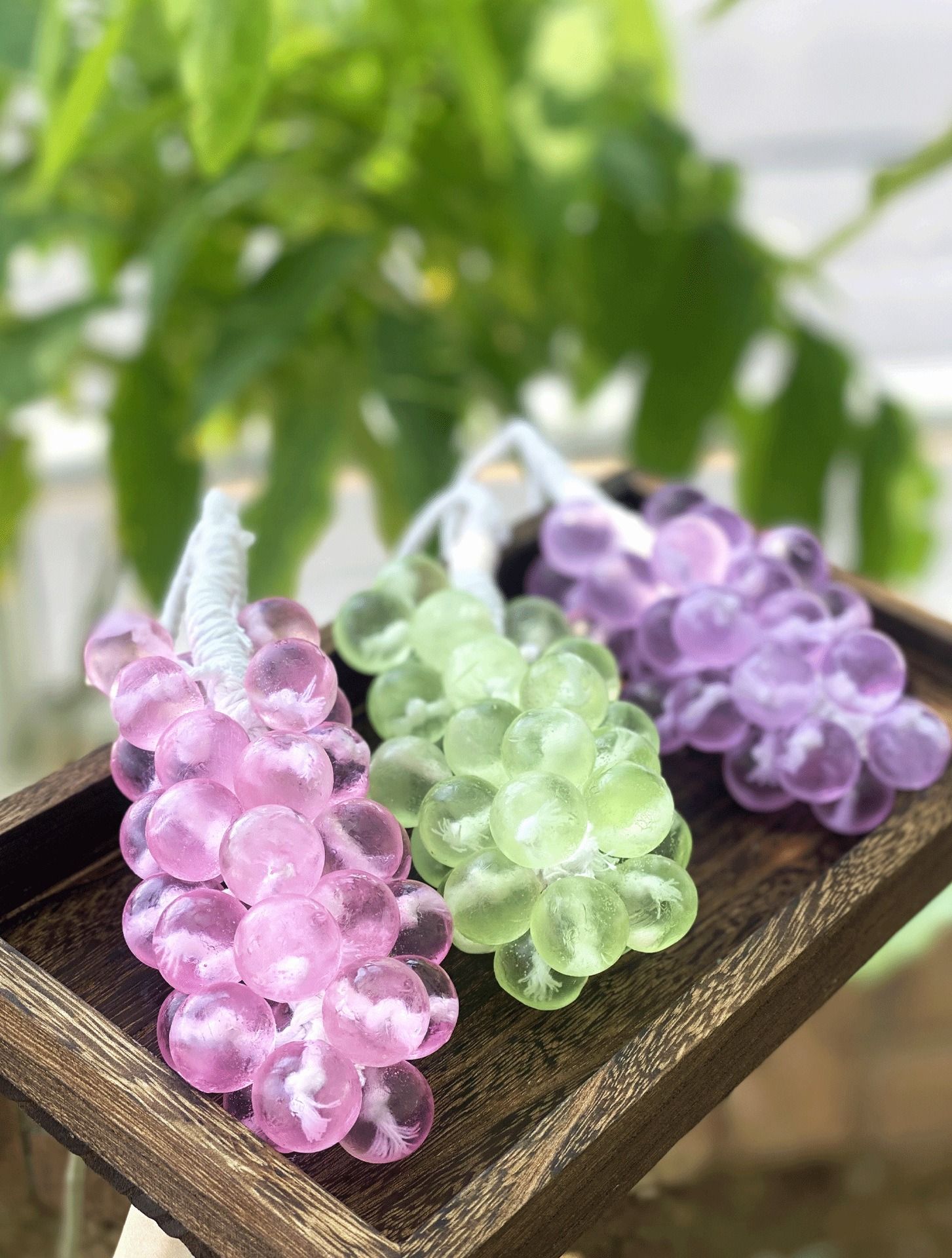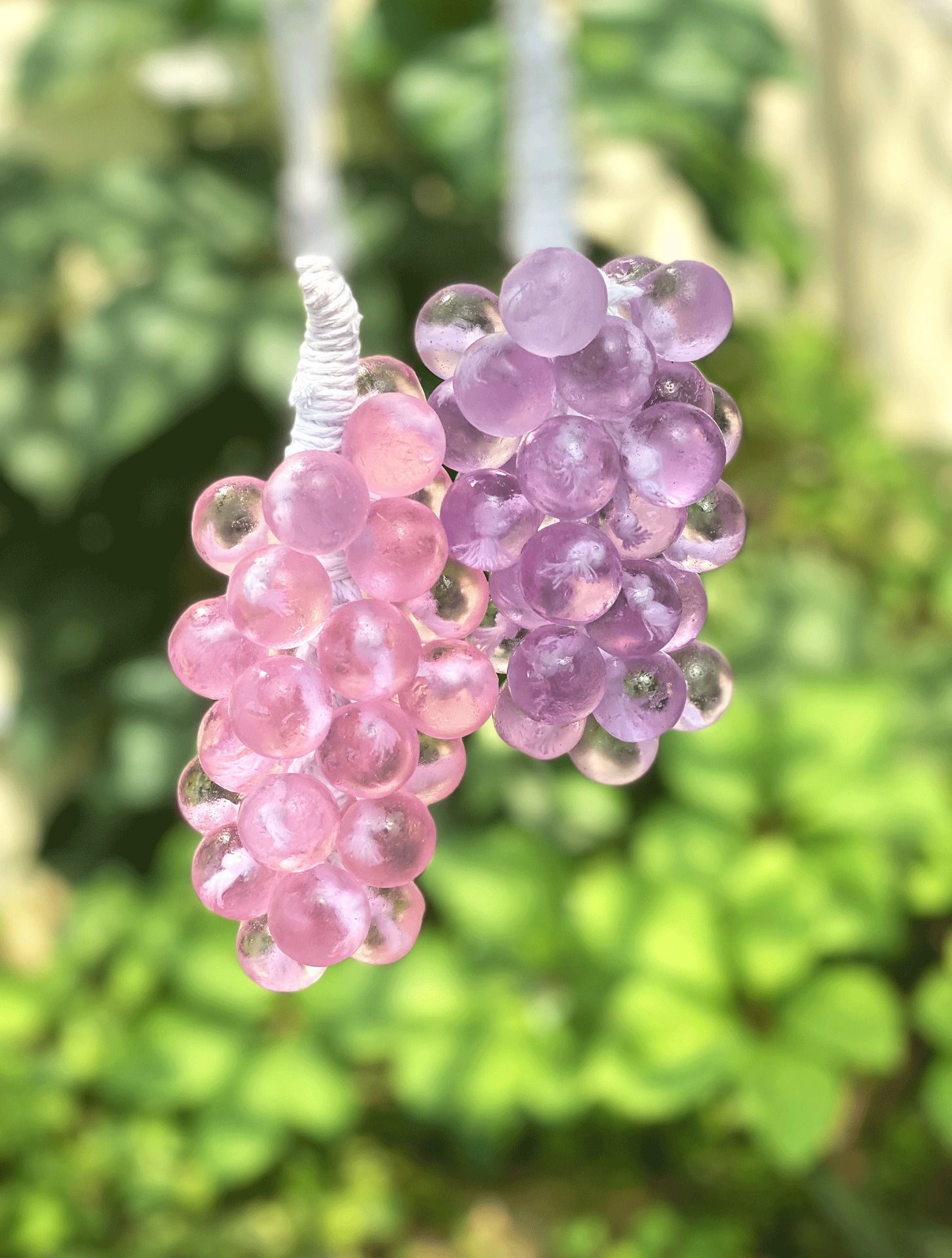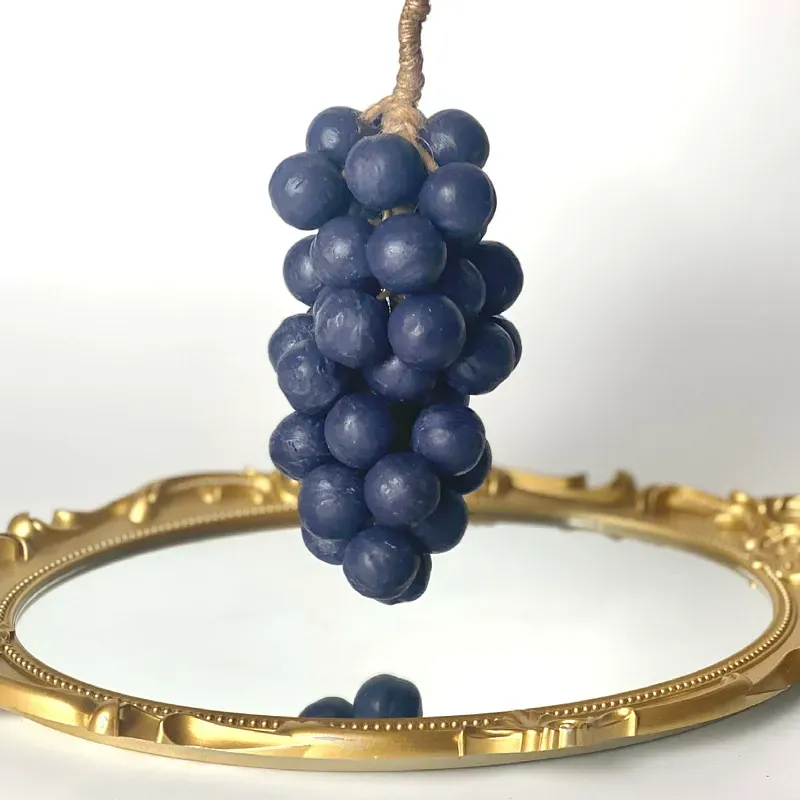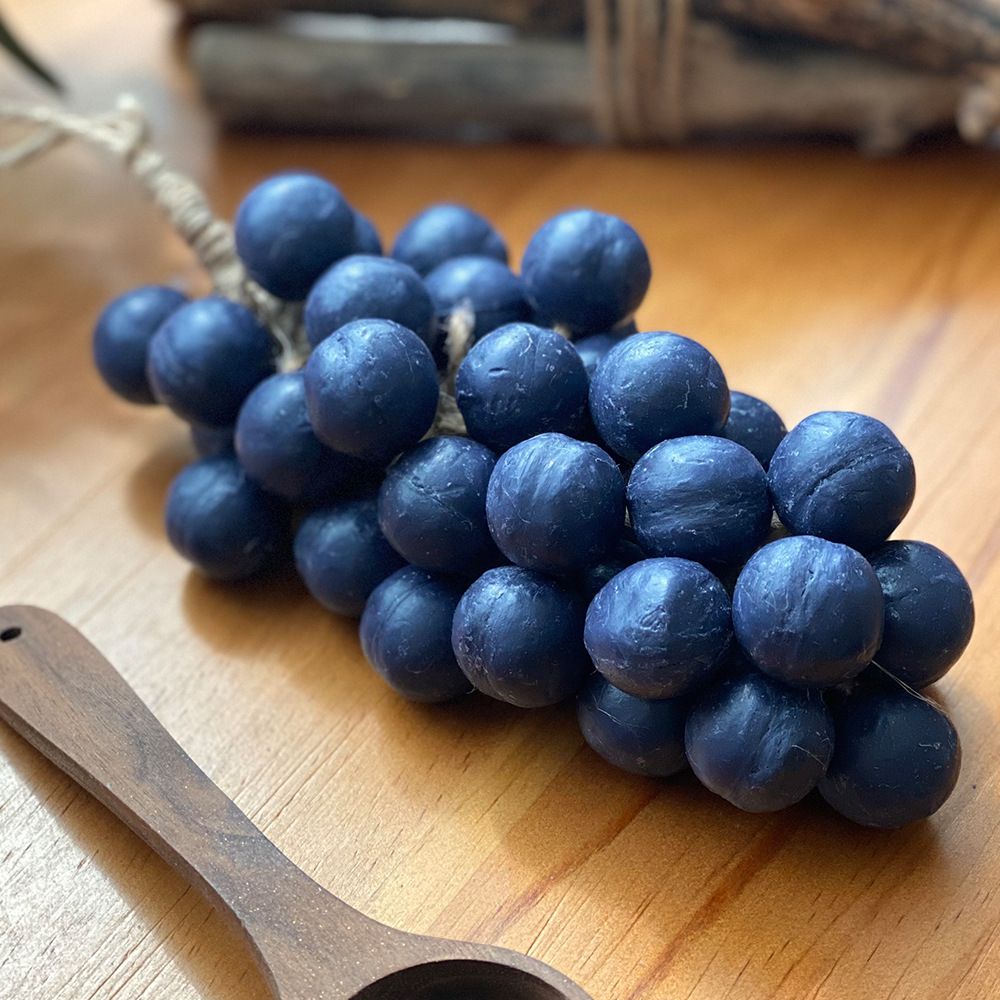Introduction: The Allure of DIY Soapmaking: Why Start Now?
Tired of mass-produced commercial soaps filled with synthetic detergents and additives? Making soap by hand (DIY soap) not only gives you complete control over ingredients—allowing you to choose natural oils, essential oils, and botanicals—but also lets you engage in a rewarding, ancient craft.
Whether you have sensitive skin and seek purity, or you want to create unique gifts for loved ones, learning how to make soap is a rewarding hobby. This article will introduce you to the two most popular methods, each with distinct advantages, helping the beginner soap maker find the perfect starting point.
I. Beginner's Choice: Melt and Pour Soap
For all novices in soap making for beginners, the Melt and Pour Soap method is the safest and quickest way to start. It eliminates the need to handle caustic sodium hydroxide (lye).
Core Principle:
Melt and Pour Soap utilizes a pre-made soap base. The saponification process has already been completed in a factory, so you simply need to melt the base, add your desired colors and scents, and pour it into a mold.
Step-by-Step Instructions (Ready in 5 minutes):
Prepare the Base: Purchase clear or opaque Melt and Pour Soap base blocks.
Cut and Melt: Cut the base into small cubes and place them in a microwave-safe container. Heat in 30-second intervals, stirring in between, until completely melted into a liquid.
Cool and Add: Let the melted soap base cool to around 120°F (approx. 49°C). Add essential oils, fragrances, colorants, or dried botanicals.
Mix and Pour: Stir quickly to combine and immediately pour the mixture into your prepared soap molds.
Cool and Unmold: Let it sit undisturbed until completely hardened (or place it in the refrigerator to speed it up), then unmold.
Tip: Melt and Pour Soap requires no cure time and can be used on the same day it’s made.
II. Advanced Challenge: Classic Cold Process Soap
Cold Process Soap is the method used to make true, from-scratch soap. It involves a chemical reaction, called saponification, between oils, water, and sodium hydroxide (lye).
Core Advantages:
Cold Process Soap allows you full control over all ingredient ratios (the handmade soap recipe). You can add extra "superfatting" (unreacted oils) to boost the soap’s moisturizing properties and preserve naturally created glycerin, making it extremely gentle on the skin.
Safety First: Essential Soapmaking Safety Guidelines
WARNING: Sodium hydroxide (lye) is a highly corrosive substance. You must wear safety goggles and gloves and work in a well-ventilated area.
Golden Rule: Always pour the lye slowly into the water, NEVER water into the lye!
Basic Cold Process Soap Recipe Steps:
Weigh and Prepare: Precisely weigh all your oils, distilled water, and sodium hydroxide. (A digital scale MUST be used; measuring cups are inaccurate!)
Make the Lye Solution: In a ventilated area, slowly pour the sodium hydroxide into the distilled water and stir until dissolved. Allow the solution to cool to 100-115°F (38-46°C).
Melt Oils: Heat your solid oils like coconut or palm oil until melted, and ensure their temperature is close to the lye solution's temperature (within a 5°F/2°C range).
Mix to Trace: Slowly pour the lye solution into the oils. Use an immersion blender to mix until it reaches the “Trace” state.
Trace: This is the point when the soap batter thickens and leaves a visible trace (like a thin pudding or gravy) when dripped from the blender.
Additives and Pour: Once Trace is reached, quickly add essential oils, colors, or exfoliants. Stir and immediately pour into the mold, covering and insulating it with a towel for 24-48 hours.
Unmold and Cut: Once the soap has hardened, unmold it and cut it into bars.
Curing: Place the bars on a well-ventilated rack to cure for 4–6 weeks. Curing allows the soap to fully harden and ensures the saponification reaction is complete.
III. Handmade Soap Recipe: Beginner Oil Choices
A good handmade soap recipe balances cleansing power and moisturizing properties. Here are three basic oils commonly used by beginner soap makers and their characteristics:
| Oil Name | Primary Characteristic | Function in Soap |
| Coconut Oil | Great lather, strong cleansing | Provides hardness and produces abundant bubbles/lather |
| Palm Oil | Stable texture, high hardness | Adds hardness and longevity to the bar |
| Olive Oil | Conditioning, gentle | Gives the soap mildness and helps retain skin moisture |
Conclusion: Start Your DIY Soap Journey
Learning how to make soap is a fun, creative, and skin-benefiting skill. From starting with simple Melt and Pour Soap to mastering complex Cold Process Soap recipes, you will be able to create unique products perfectly suited for you and your family.
Always prioritize safety, and enjoy every step of your DIY soap making process!
👉 Want to learn advanced techniques like adjusting 'superfatting' and 'INS values' in your handmade soap recipes? Click here for our Advanced Soapmaking Guide!




